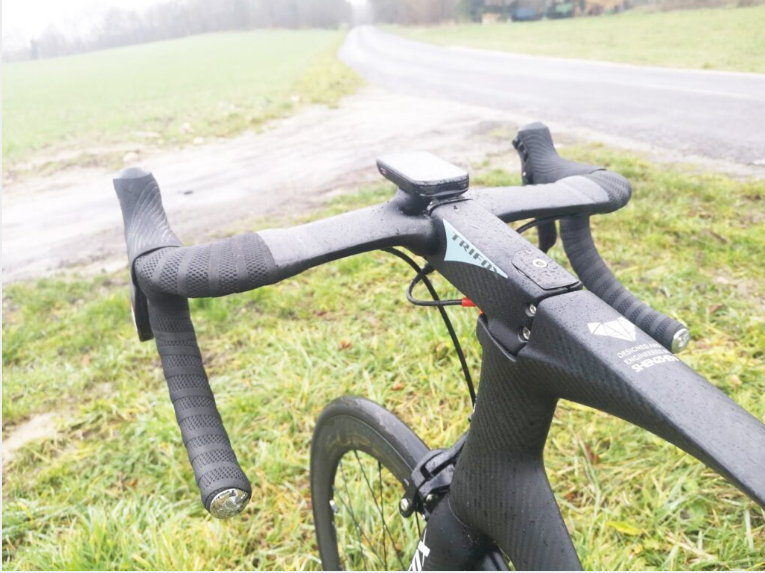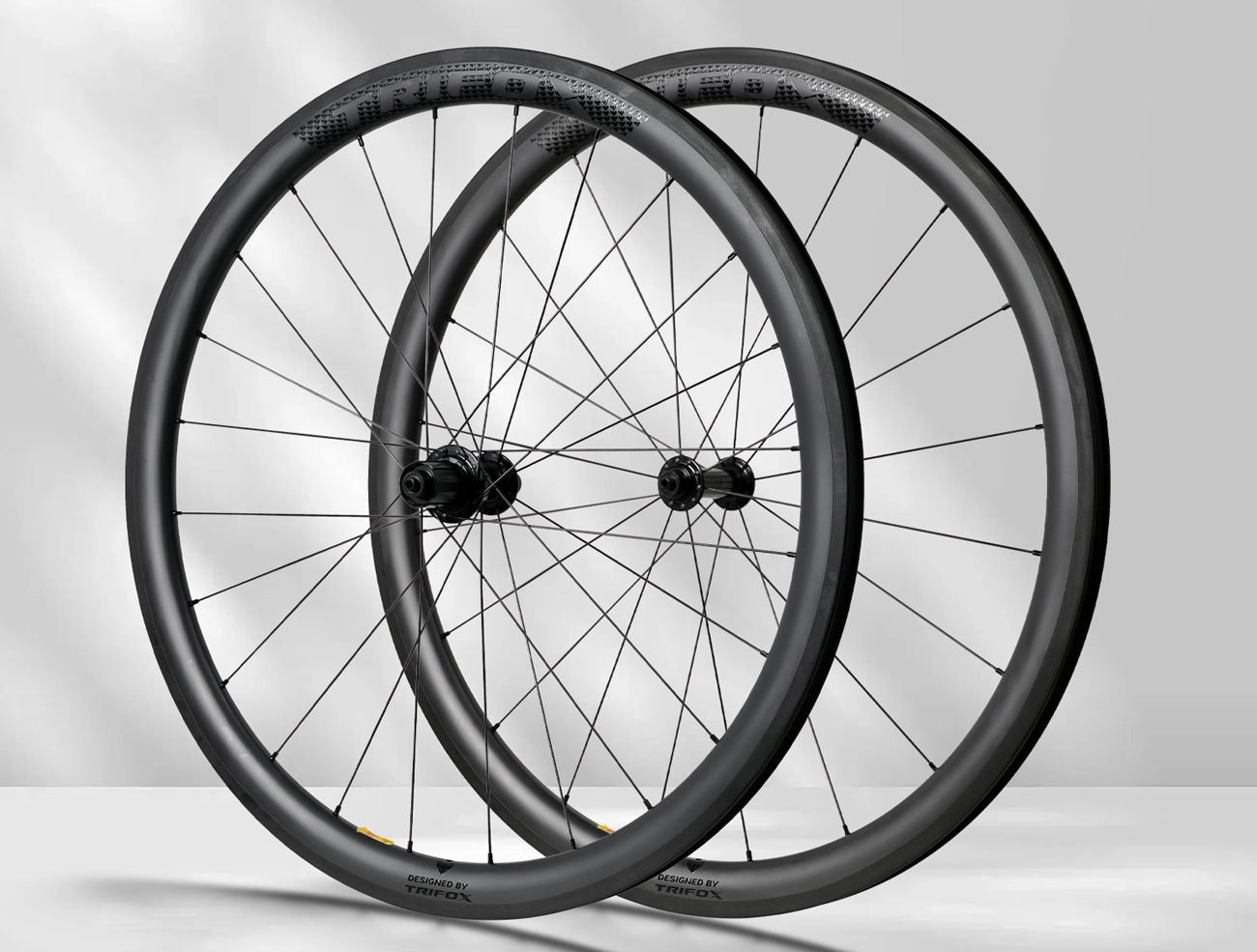For most road bikers, comfort is definitely a part of efficiency, as specialized said, “Smooth is faster” unless you are a “copper wall and iron fart”, or your cycling route is very smooth.
Some cyclists may feel that the comfort of the bicycle is not up to expectations, so they will choose to replace the endurance frame or the ultra-light climbing frame. This is of course a way to solve the problem from the root, In fact, there are some methods that do not need to be so troublesome or even cost a penny to improve comfort.
Tires are the first level of shock absorption. In fact, most of the shock absorption of road bikes is done by tires. Suitable tire settings can be used more than endurance frames, so we start with tires.
Tire pressure
First of all, of course, the free method of improving comfort is to lower the tire pressure. So far, many cyclists are still superstitious that this high tire pressure is faster, so many feel that the bike is too bumpy, in fact, because the tire pressure is too high. In this era of 25c, even 28c wide tires and wide rims, the tire pressure of 120PSI has long been unnecessary. As long as you are not a 200 kg rider, the tire pressure of about 100 PSI is completely sufficient, and 28c tires can even be reduced to 80 PSI. Therefore, if you feel that the bike is too bumpy, you must first check your tire pressure setting. A reduction of 5-10PSI is enough to change the cycling experience.
In the era of disc brake road bikes, most frames were designed based on 28c tires, and many frames support measured 30mm or even 32mm tires. The 28c tire will be higher than the 25c after inflation, and the “buffer cushion” is also larger, so it can effectively improve the road feel.
But wide tires are a double-edged sword. While improving the road feel, due to the increase in the weight of the tire and inner tube, and the weight gain is concentrated on the outer edge of the wheelset, it will increase the feeling of heavy drag and reduce the efficiency. Especially obvious. Obviously, this is just a comfort-oriented improvement plan. If you want to have both speed and comfort, you have to think of a way. Since we have to sacrifice a little weight, we do not adopt this plan.
Tubeless tyre
If you don’t want to use 28c wide tires, you can choose to use tubeless tires. Currently, most disc brake wheels support tubeless tires. Since the tubeless tire has no friction between the inner tube and the outer tire, the rolling resistance will be lower than that of the open tire; and the risk of snake bite is eliminated, and lower tire pressure can be used. In actual experience, in the case of 80PSI tubeless tires, the rolling resistance is almost the same as that of 100PSI clinchers, and the road feel will be significantly improved.
So you definitely want to ask, is the 28c tubeless tire feeling invincible? This is indeed the case, and without the weight of the inner tube, it will be lighter than the 28c clincher, and the efficiency will be higher.
Of course, the tubeless tyre is not perfect, and it is quite troublesome to use. For example, disassembly and assembly, emergency treatment of a puncture, and dry self-refilling make it a little more troublesome to use it. But compared to tube tires, I would still choose tubeless tires.
So is there any other way? some!
Wide wheelset
There is no metaphysics in this, it is just that the rim of nearly 21mm inner width increases the actual installation width of the tire. The actual installation width of the 25c Continental wheels has already been 29mm, so what you enjoy is the comfort improvement brought by the wide tires, not the wheels themselves.
This benefit is also very obvious, that is, with the weight of 25c tires, you can enjoy the road feel of 28c tires. It is a perfect solution. For example, with a pair of wheels with an inner width of 17.5mm and an outer width of 25mm, with clinchers, the road feel has been significantly improved, and the vibration has been reduced below the threshold.
Handlebar
Slim pneumatic handlebars have weaker vertical rigidity due to the horizontal part of the handlebar, so they can be slightly more shock-absorbing, such as TC20AF, TC20UL, etc.

Strap
Using a thicker handlebar can also bring comfort, but it will increase the handlebar diameter and affect the grip. Some handlebars with silicone anti-skid straps can also improve a certain degree of shock absorption.
Seatpost
For some entry-level models, upgrading a carbon fiber seatpost can significantly improve the comfort of the cushion area.
Bike Saddle
Some comfort-oriented bike saddles can well improve the comfort of the hips.
Cycling pants
Some of the cushions of cycling pants that are specifically designed for long-distance cycling will be optimized for long-term cycling and can also provide some extra hip comfort.
Of course, if the above measures cannot meet the road conditions of your local cycling route, then you really need an endurance bike with a shock-absorbing structure.



















































































